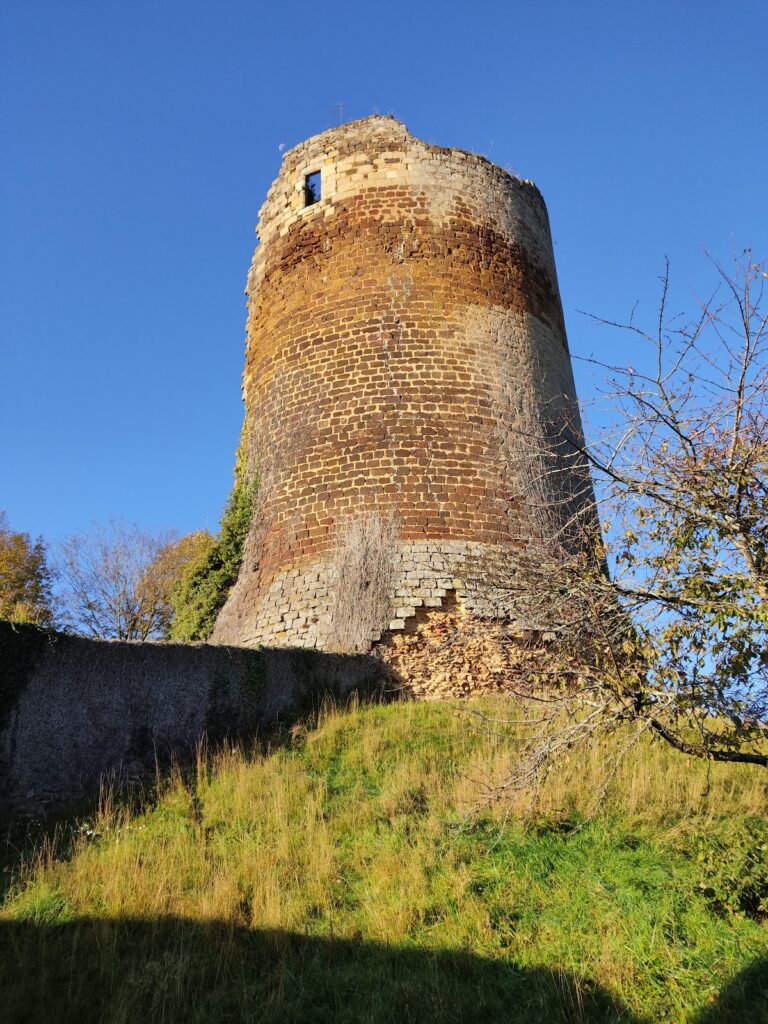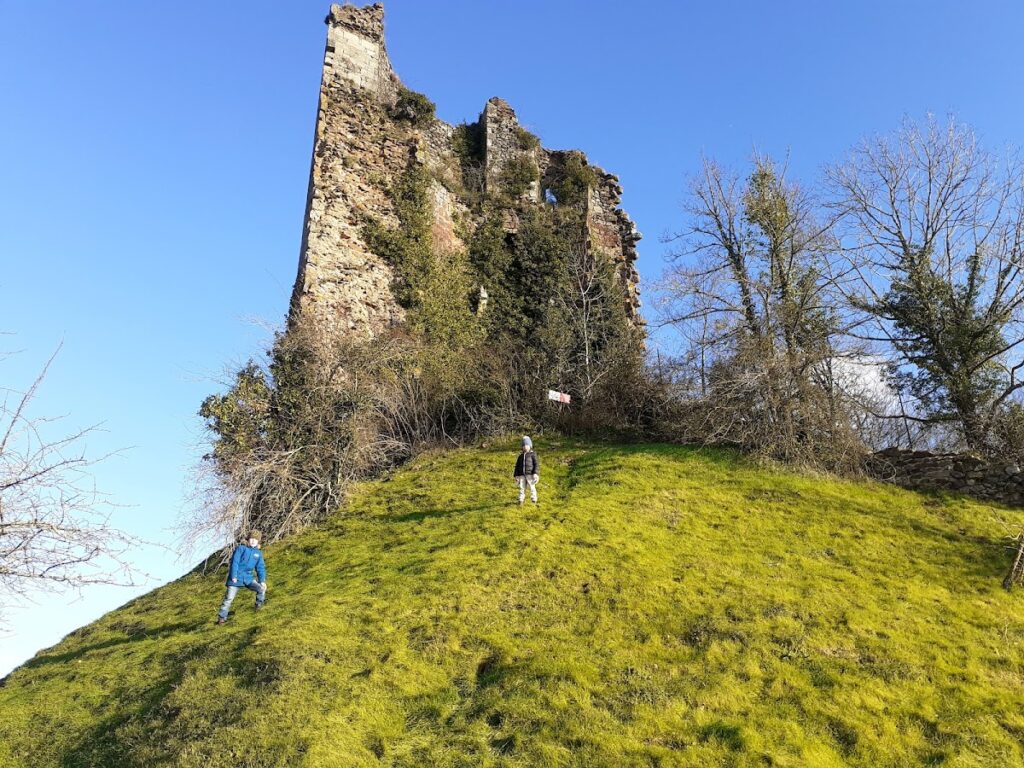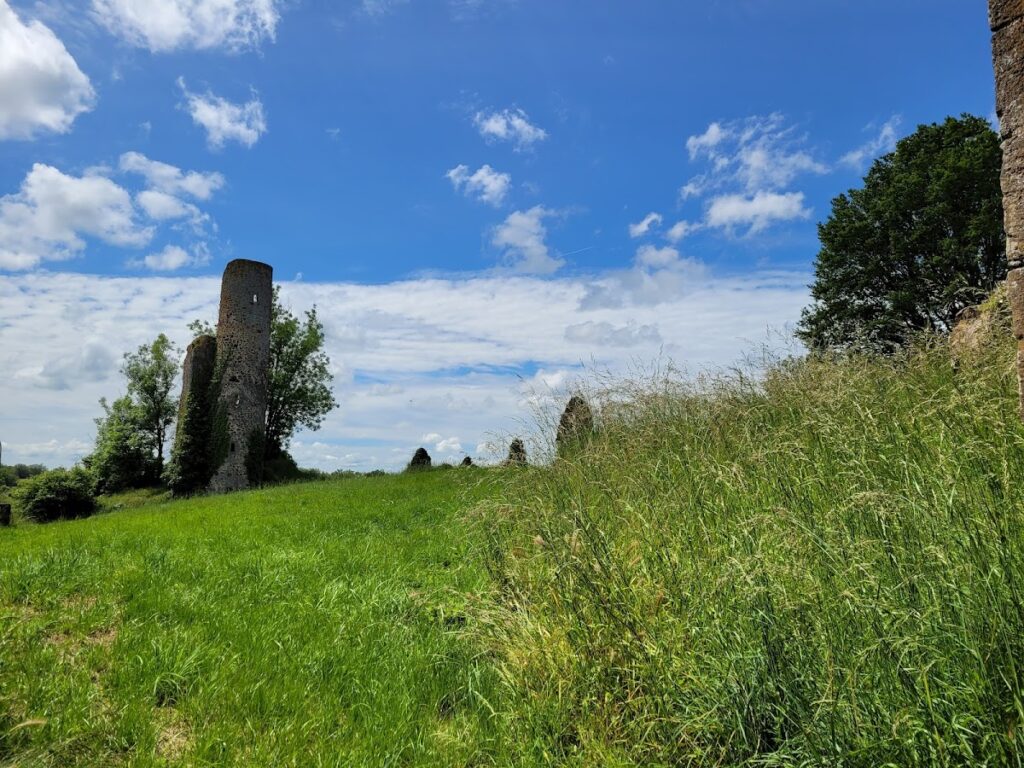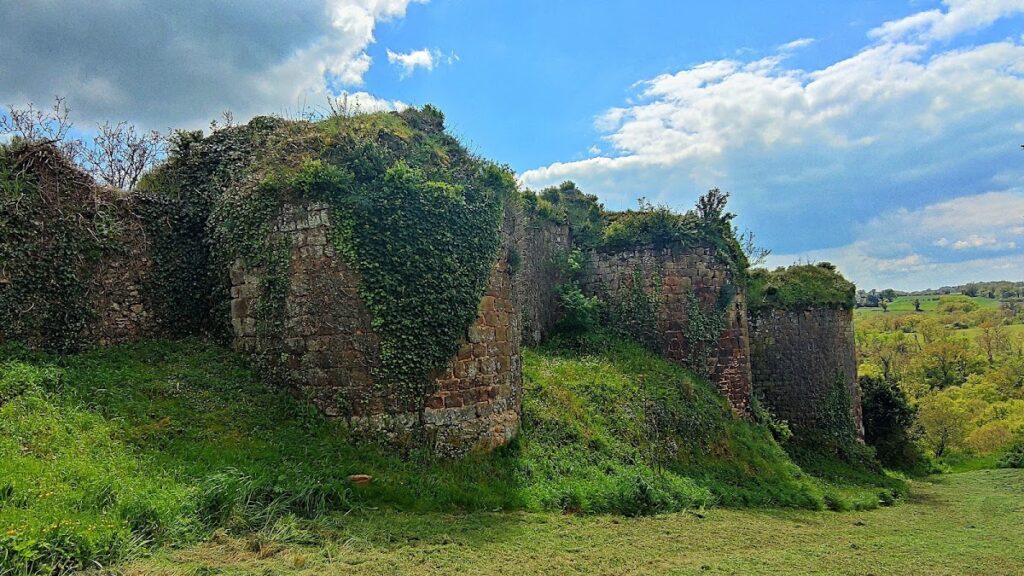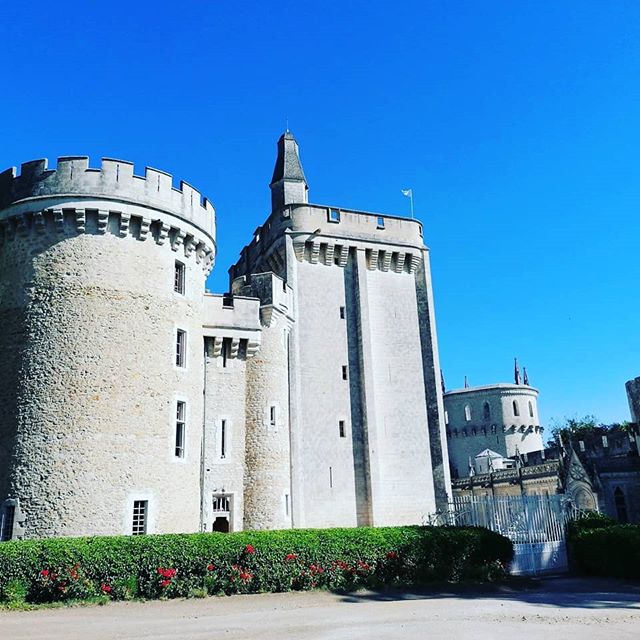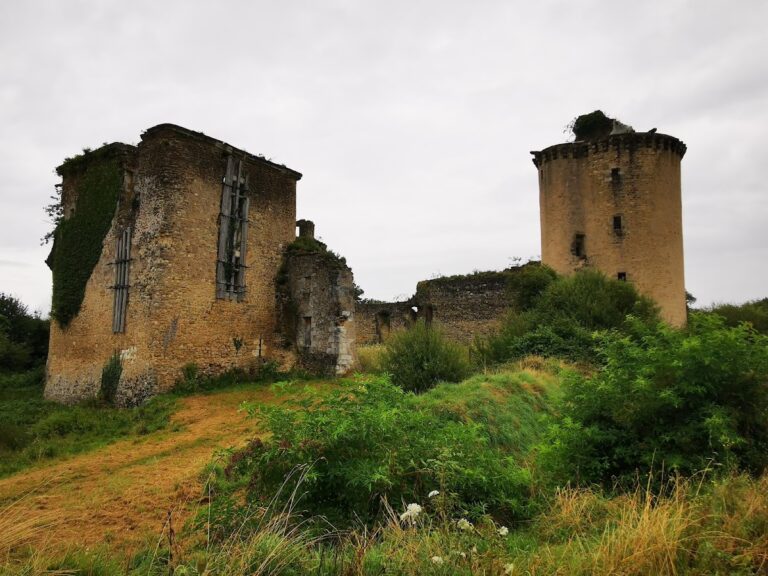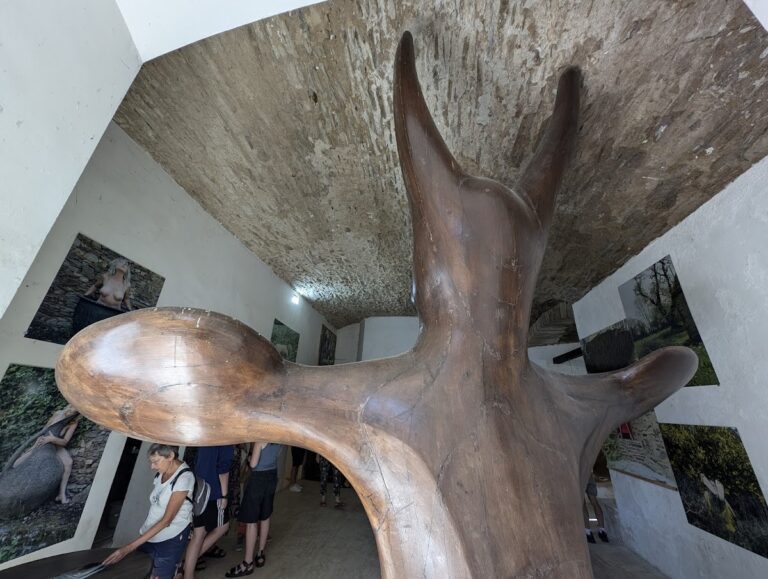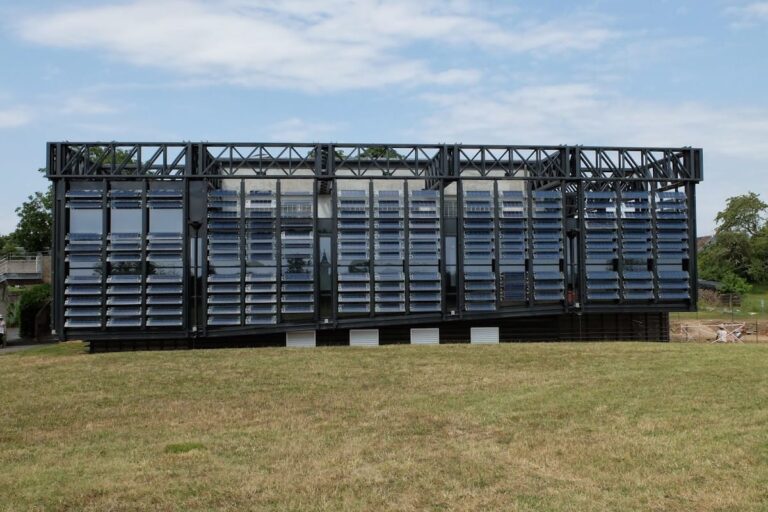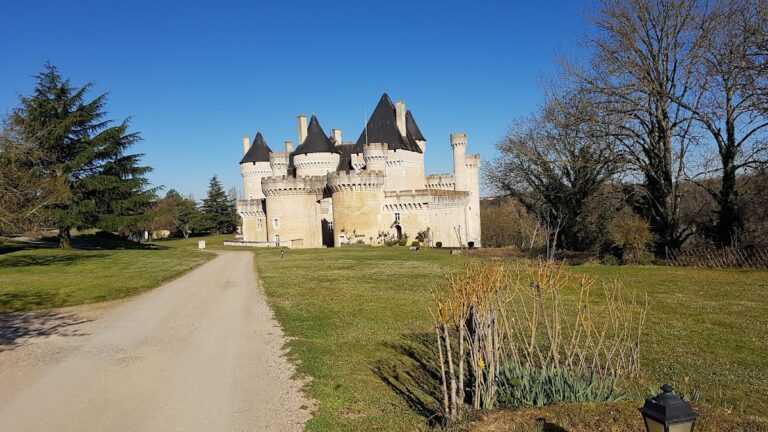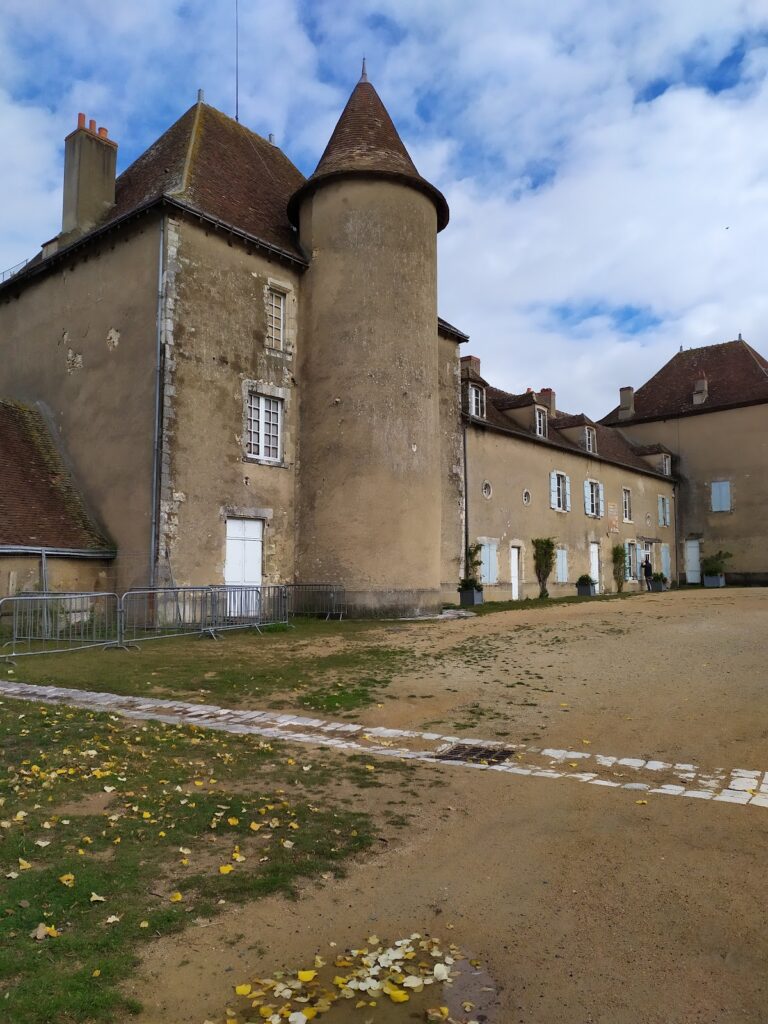Château de Brosse: A Medieval Fortress in Chaillac, France
Visitor Information
Google Rating: 4
Popularity: Low
Google Maps: View on Google Maps
Official Website: www.chaillac36.fr
Country: France
Civilization: Unclassified
Remains: Military
History
The Château de Brosse is located in the hamlet of Brosse within the commune of Chaillac, France. This medieval fortress was established by a Frankish noble family during the early Middle Ages.
Its origins trace back to the 10th century when Gérald, Viscount of Limoges, reputedly founded the castle following his marriage to Rothilde de Brosse. The first known written mention of the site appears in 974 in the chronicles of Aimoin of Fleury, who referred to it by the Latin name “castrum quod Brucia dicitur,” identifying it as a fortified place called Brosse.
Throughout the medieval period, the castle served as the administrative and residential center for the seigneurs of Brosse. Over the centuries, this noble family expanded their domain significantly, governing dozens of nearby communes by the early 1300s. However, in 1322, the last heiress of the family, Jeanne de Brosse, married André de Chauvigny, the baron of Châteauroux. This alliance led to the transfer of the estate from the original Brosse lineage to the Chauvigny family, who maintained control of the castle.
The 14th century brought conflict to the fortress amid the broader struggles of the Hundred Years’ War. Around 1369, Guillaume de Felynton, the English seneschal of Poitiers, led a military campaign that resulted in the fortress being seized and deliberately set ablaze. At the time, the castle was under the lordship of Guy I de Chauvigny, who remained loyal to the French crown, which made it a strategic target for English forces.
After the devastation of the war, the castle ceased to be a permanent residence for its owners during the 15th century. In the 18th century, specifically starting in 1768, Joseph de Fougières acquired the property. Rather than restoring it, he began dismantling parts of the structure to reuse the stones for other building projects. This gradual dismantling process continued well into the following century.
Recognizing its historical significance and the importance of preserving its remains, the French authorities designated the Château de Brosse as an official monument historique on March 11, 1935. This designation has helped protect the site and maintain its presence as a witness to medieval history in the region.
Remains
The ruins of the Château de Brosse reveal a fortress built on an elevated earthwork known as a motte, a common defensive technique in medieval construction. The surviving structures primarily date to the 13th century, reflecting a period of significant building activity.
One of the most prominent features is the circular keep, or donjon, constructed of stone atop the motte. This stronghold was surrounded by a curtain wall, serving as the main defensive barrier. The vestiges of this enclosure, or enceinte, outline the original plan of the fortress and were erected toward the end of the 13th century. These defensive walls crown the rocky promontory, taking advantage of the natural topography.
Flanking towers adjacent to the curtain wall were subject to modifications in the 15th century, indicating continued, though perhaps reduced, use of the site during that period. These alterations suggest attempts to adapt the castle’s defenses to new military needs.
Close to the main entrance stands a gatehouse featuring a small wicket door, which is a narrow pedestrian doorway set within the larger gate. Notably, this gatehouse lacks typical defensive features such as portcullises or machicolations, possibly pointing to changes in the castle’s function over time.
Opposite the entrance, substantial masonry remains comprise a polygonal tower that likely formed part of the corps de logis, or main living quarters. The size and construction imply a residence of importance within the fortress.
In front of the gatehouse, a well with a stone curb, known as a margelle, is present. This feature would have provided the castle’s inhabitants with access to fresh water, crucial for withstanding sieges.
Beyond the ruins themselves, the nearby hamlet of Brosse contains a collection of well-preserved old houses, which contribute to the historical atmosphere of the site’s surroundings.
Together, these remains offer insight into the layout and evolution of a medieval fortress that played a notable role in regional power dynamics during the Middle Ages.
